Entire photodamaged chloroplasts are transported to the central vacuole by autophagy
 Autophagy is the process by which macromolecules and organelles are recycled. Previously it was shown that during leaf senescence or energy starvation, chloroplasts are degraded piecemeal by autophagy. In this work, Izumi et al. examined the role of autophagy in UVB damaged chloroplasts, using wild-type and autophagy-deficient mutants (atg2, atg5 and atg7). In wild-type plants, photodamage by UVB or very high fluence white light causes entire chloroplasts to be removed into the central vacuole by autophagy (which is interesting in part because chloroplasts are much larger than normal autophagosomes). By contrast, the autophagy-deficient mutants accumulate abnormal chloroplasts in the cytosol, produce more reactive oxygen, and are more susceptible to UVB. The mechanism of recognition of photodamaged chloroplasts by the autophagy machinery remains unknown. Plant Cell 10.1105/tpc.16.00637
Autophagy is the process by which macromolecules and organelles are recycled. Previously it was shown that during leaf senescence or energy starvation, chloroplasts are degraded piecemeal by autophagy. In this work, Izumi et al. examined the role of autophagy in UVB damaged chloroplasts, using wild-type and autophagy-deficient mutants (atg2, atg5 and atg7). In wild-type plants, photodamage by UVB or very high fluence white light causes entire chloroplasts to be removed into the central vacuole by autophagy (which is interesting in part because chloroplasts are much larger than normal autophagosomes). By contrast, the autophagy-deficient mutants accumulate abnormal chloroplasts in the cytosol, produce more reactive oxygen, and are more susceptible to UVB. The mechanism of recognition of photodamaged chloroplasts by the autophagy machinery remains unknown. Plant Cell 10.1105/tpc.16.00637


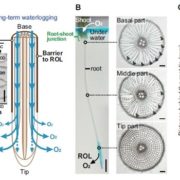
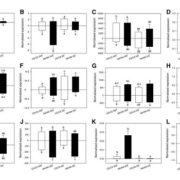

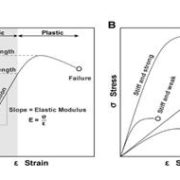
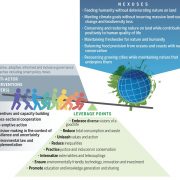
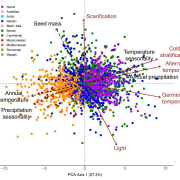


Leave a Reply
Want to join the discussion?Feel free to contribute!